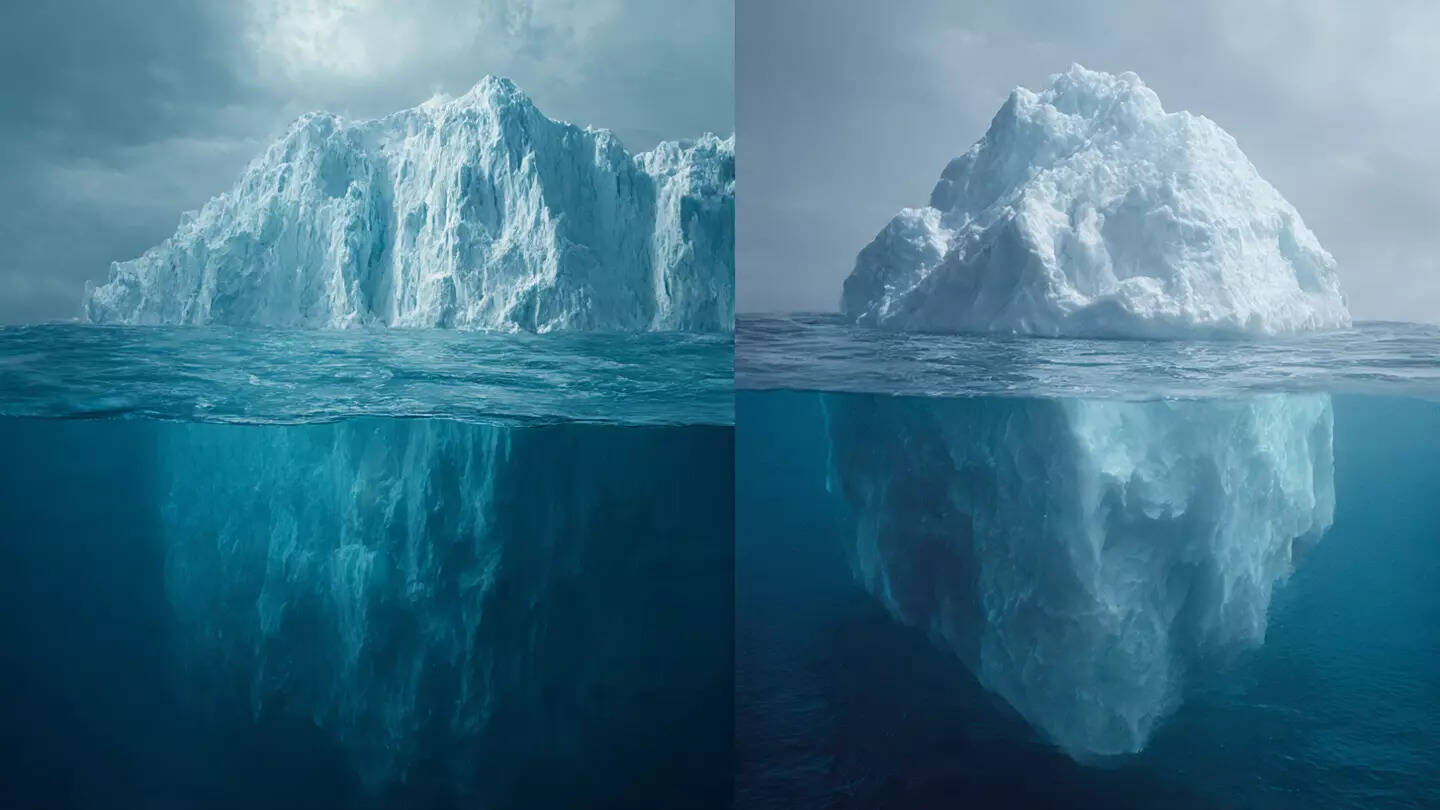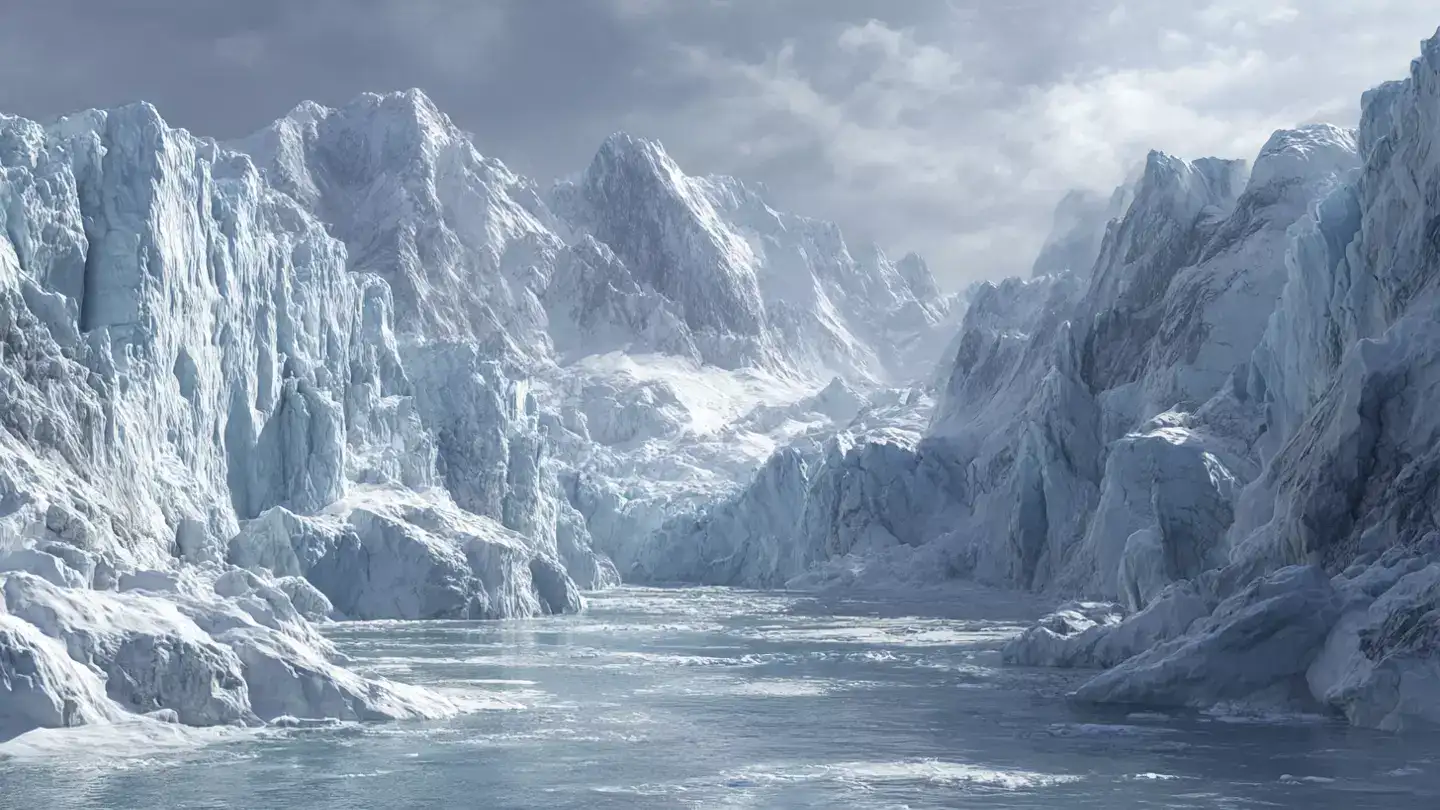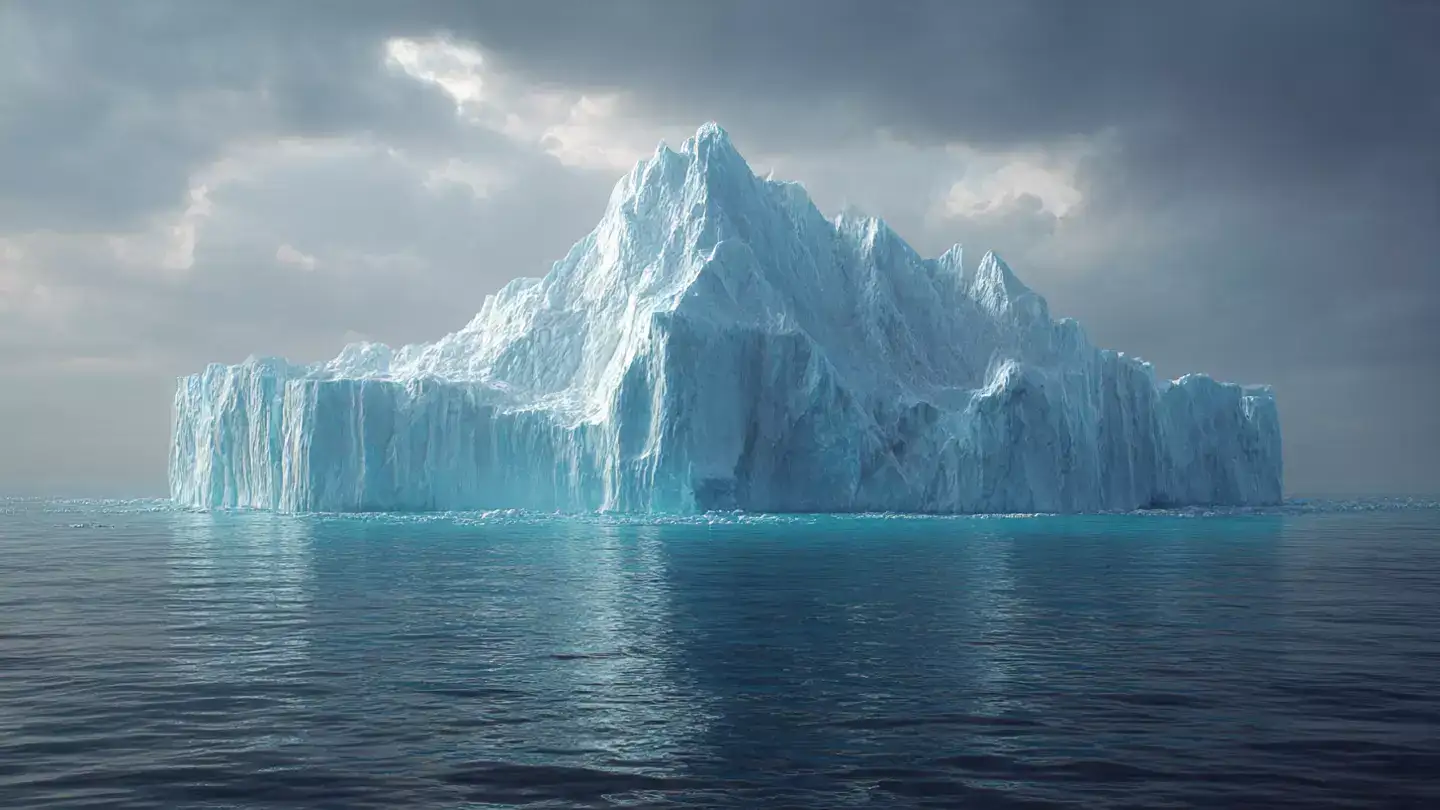Difference Between Glacier And Iceberg You Must Know
Glaciers and icebergs are two of nature’s most stunning icy formations, yet they differ significantly in origin, structure, and behaviour. While both are crucial to the Earth’s environmental balance, understanding their differences is essential to grasp their impact on geography and climate. Glaciers are massive, slow-moving rivers of ice that form over land from compacted snow, shaping landscapes over centuries. In contrast, icebergs are chunks of ice that break off from glaciers or ice shelves and drift through the ocean, constantly changing with currents and temperature.

1. Habitat
Glaciers form on land where snow accumulates, compresses, and eventually flows under immense pressure over hundreds or thousands of years. Icebergs, however, are fragments of glaciers or ice shelves that have calved and float in the ocean. Essentially, glaciers give birth to icebergs, but icebergs exist only temporarily in water.
2. Location
Glacier s are found in polar regions and high mountain ranges, such as Antarctica, Greenland, the Himalayas, and the Alps, where temperatures remain low enough to maintain ice. Icebergs float in oceans near the Arctic and Antarctica, drifting away from their source glacier due to winds and ocean currents.
3. Movement
Glaciers move slowly under their own weight, carving valleys, shaping lakes, and creating landforms along the way. Icebergs, on the other hand, float with ocean currents and wind, melting progressively in warmer waters. Unlike glaciers, icebergs are transient and constantly in motion.
4. Size and Structure

Glaciers can span entire mountain ranges or even continents, with dense layers of compacted snow creating immense thickness and weight. Iceberg s vary in size, from small floating chunks to enormous ice masses. Notably, only about one-tenth of an iceberg is visible above water, with the rest submerged, posing risks for navigation.
5. Significance
Glaciers store around 70% of the Earth’s freshwater and act as key climate indicators, as their melting contributes to rising sea levels. Icebergs influence ocean circulation, marine ecosystems, and freshwater distribution as they melt. Both play essential roles in understanding environmental changes and the cryosphere ’s health.
In simple terms, glaciers are slow-moving ice formations on land, reshaping landscapes over centuries, while icebergs are broken-off pieces of glaciers floating through oceans. Glaciers are stable, enduring features, whereas icebergs are temporary and constantly changing. Despite these differences, both are vital for climate regulation and provide scientists with critical insights into the planet’s environmental balance.


1. Habitat
Glaciers form on land where snow accumulates, compresses, and eventually flows under immense pressure over hundreds or thousands of years. Icebergs, however, are fragments of glaciers or ice shelves that have calved and float in the ocean. Essentially, glaciers give birth to icebergs, but icebergs exist only temporarily in water.
2. Location
Glacier s are found in polar regions and high mountain ranges, such as Antarctica, Greenland, the Himalayas, and the Alps, where temperatures remain low enough to maintain ice. Icebergs float in oceans near the Arctic and Antarctica, drifting away from their source glacier due to winds and ocean currents.
3. Movement
Glaciers move slowly under their own weight, carving valleys, shaping lakes, and creating landforms along the way. Icebergs, on the other hand, float with ocean currents and wind, melting progressively in warmer waters. Unlike glaciers, icebergs are transient and constantly in motion.
4. Size and Structure

Glaciers can span entire mountain ranges or even continents, with dense layers of compacted snow creating immense thickness and weight. Iceberg s vary in size, from small floating chunks to enormous ice masses. Notably, only about one-tenth of an iceberg is visible above water, with the rest submerged, posing risks for navigation.
5. Significance
Glaciers store around 70% of the Earth’s freshwater and act as key climate indicators, as their melting contributes to rising sea levels. Icebergs influence ocean circulation, marine ecosystems, and freshwater distribution as they melt. Both play essential roles in understanding environmental changes and the cryosphere ’s health.
In simple terms, glaciers are slow-moving ice formations on land, reshaping landscapes over centuries, while icebergs are broken-off pieces of glaciers floating through oceans. Glaciers are stable, enduring features, whereas icebergs are temporary and constantly changing. Despite these differences, both are vital for climate regulation and provide scientists with critical insights into the planet’s environmental balance.
Next Story